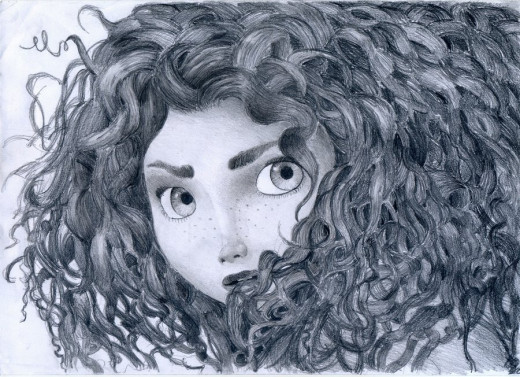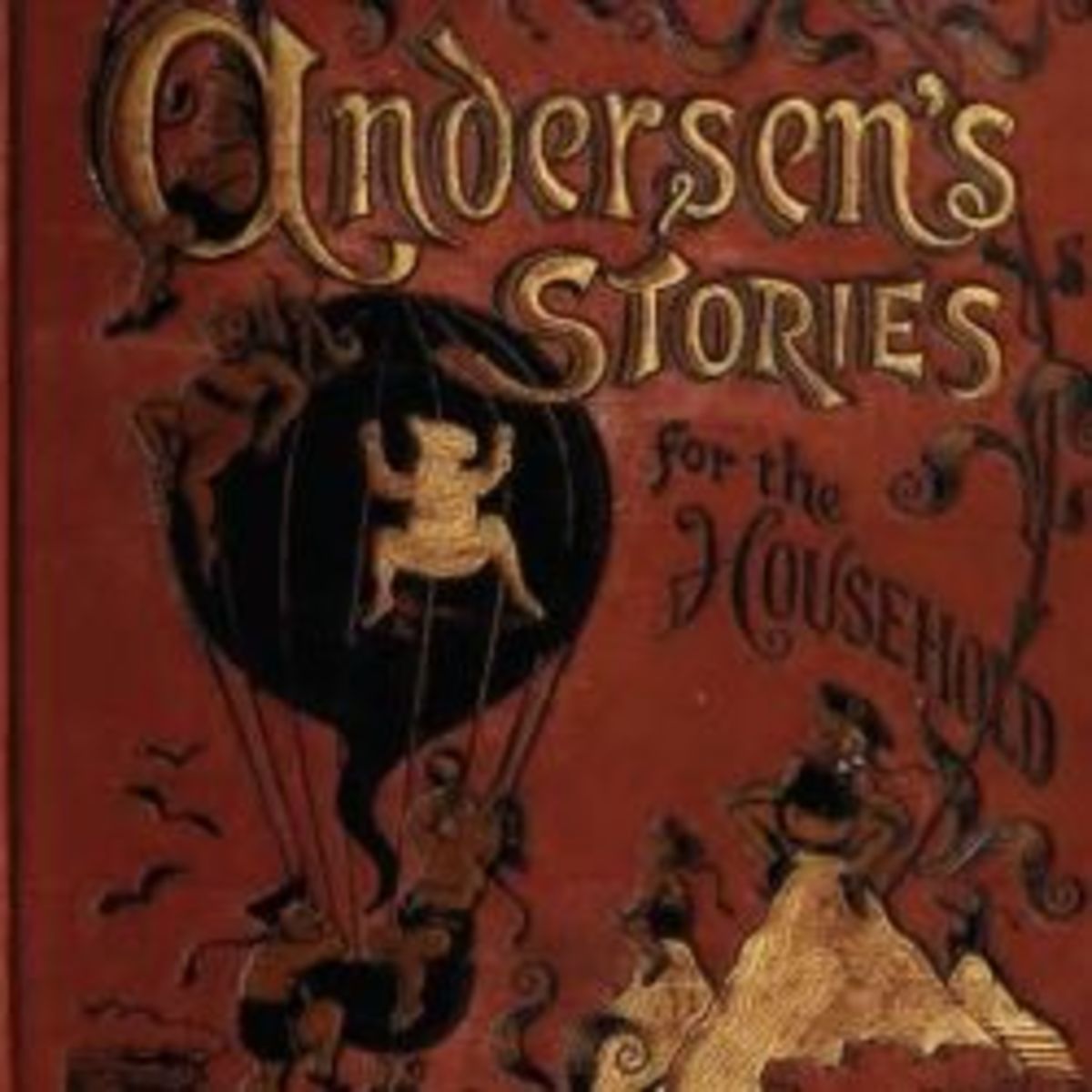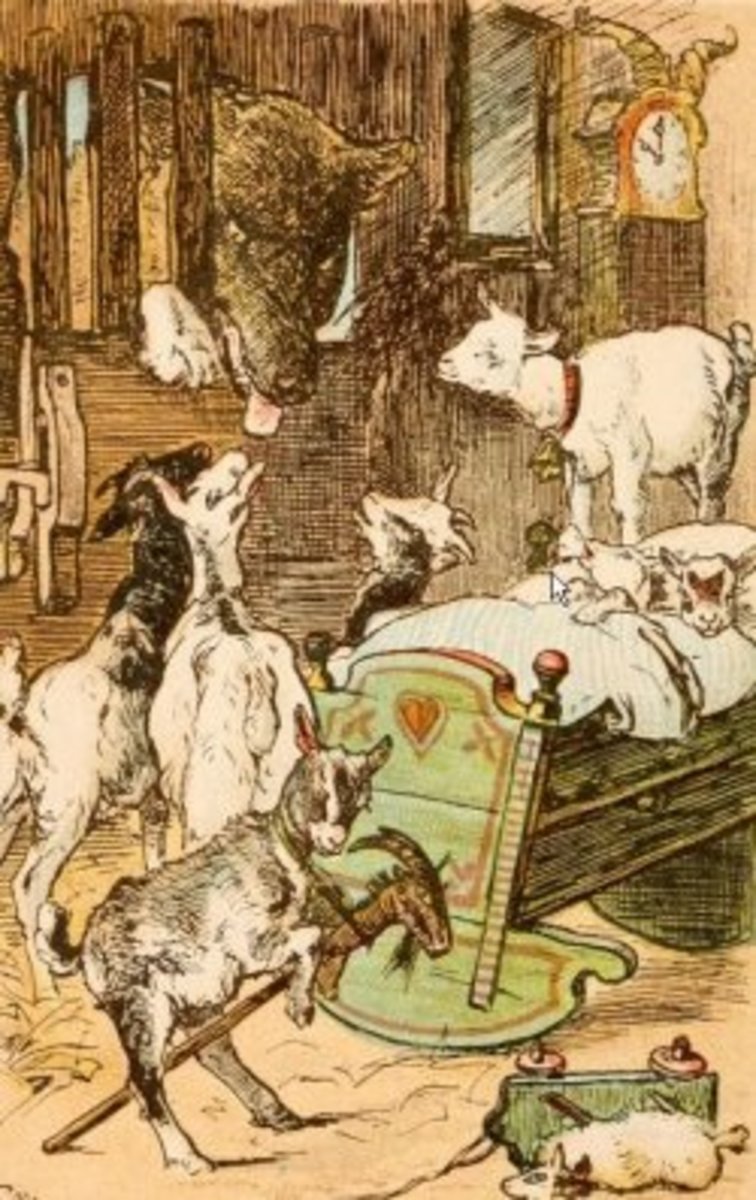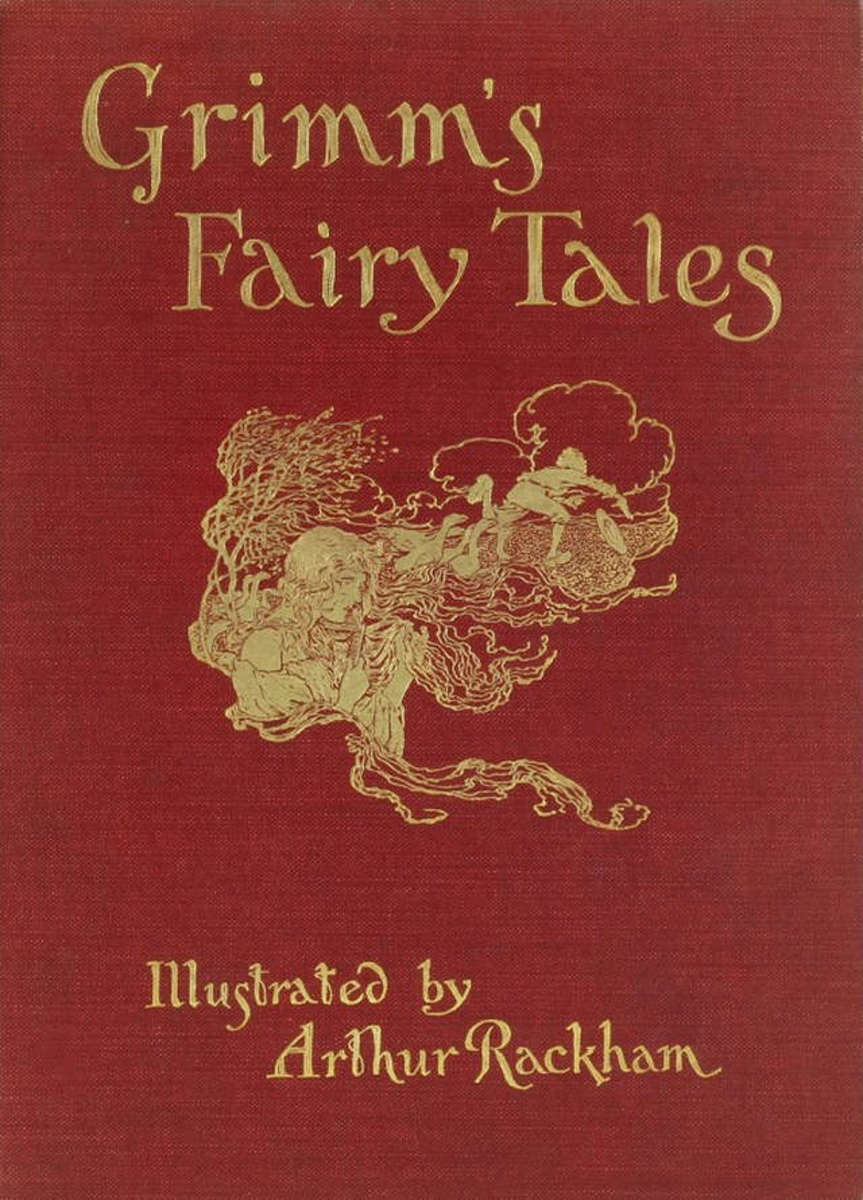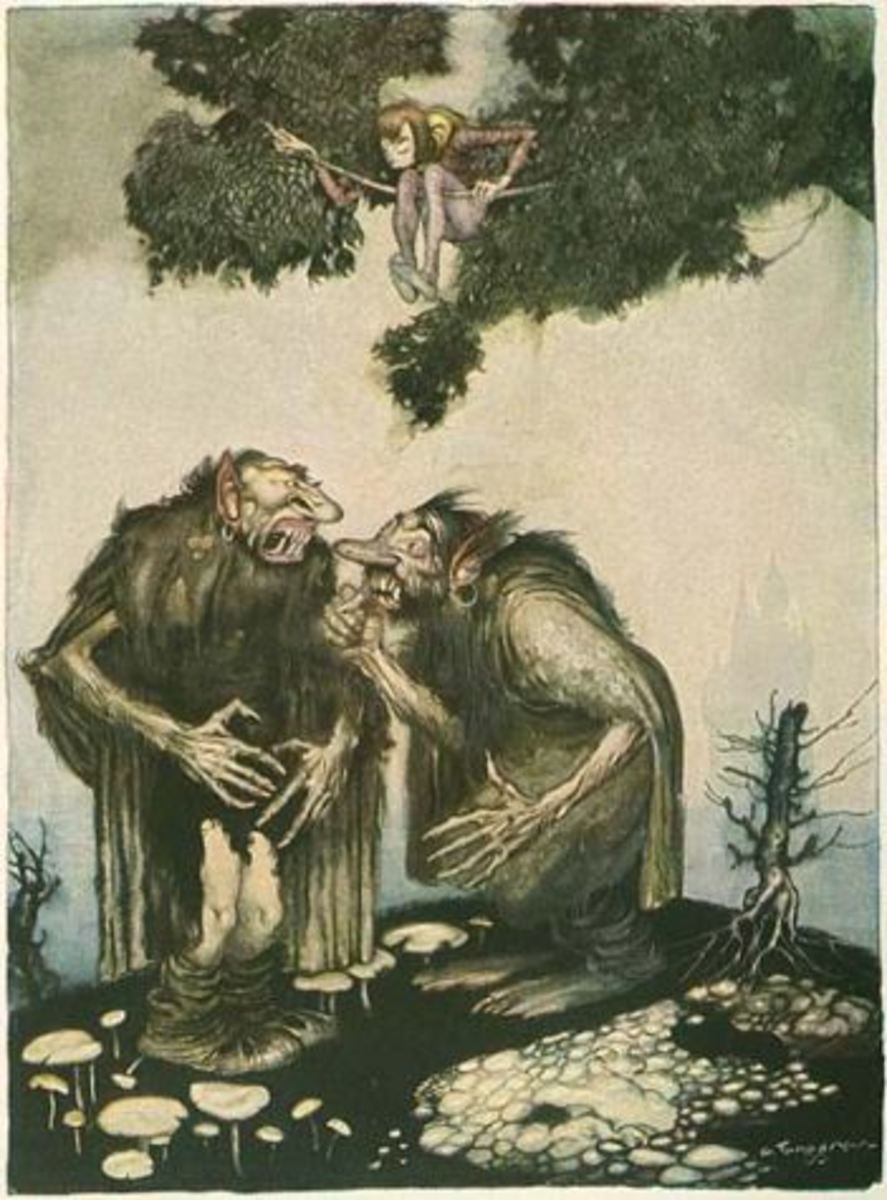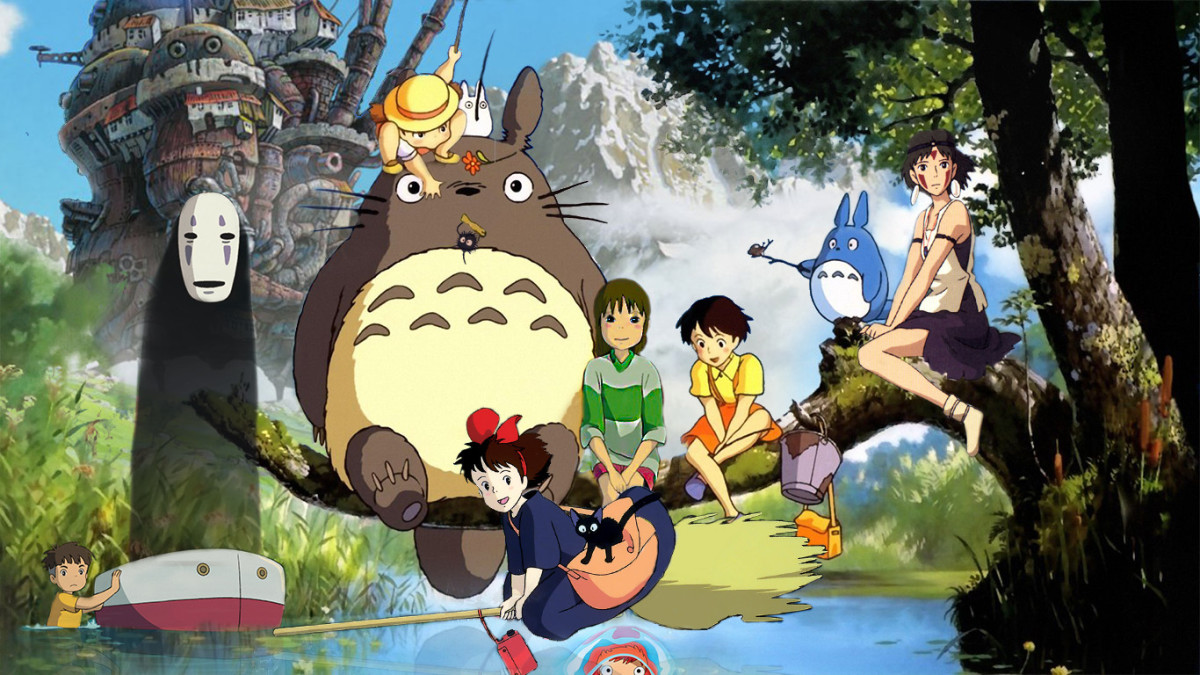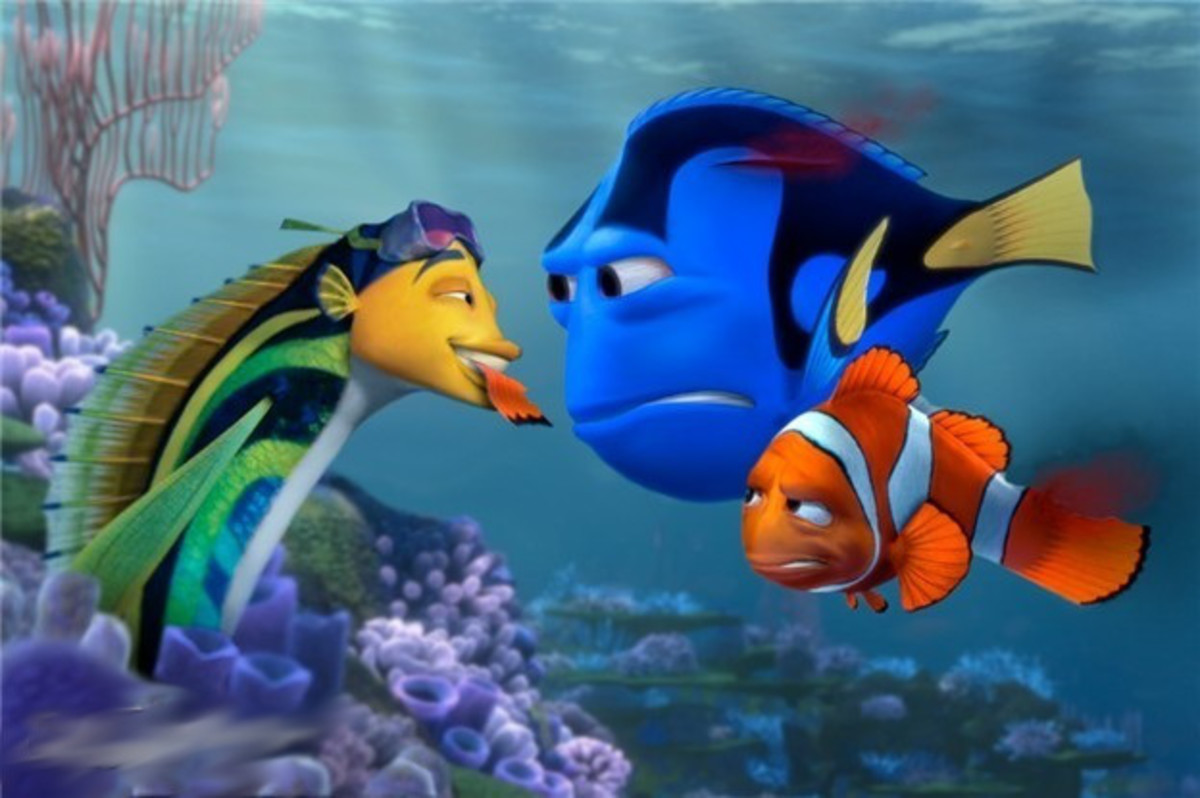Once Upon A Time Today
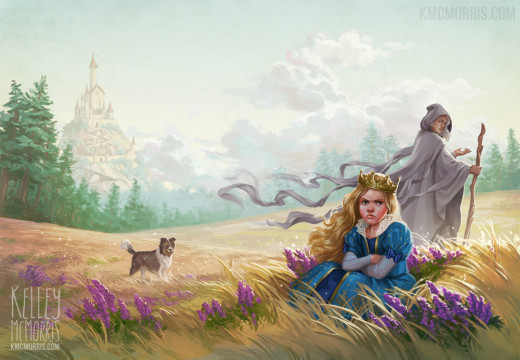
Today ladies and Gents, I write to you about something we are all very familiar with. It has been around for ages! A part of my history, your history, and practically everyone... Fairy tales.
Even now, I can say that fairy-tales are a part of my life, and this is not solely based on the fact that I am a female, though I feel females are more deeply affected.
Once upon a time is a phrase we are all familiar with. It has been around for many generations, retold over and over again. They have been glamoured up and glamoured down. Recently many of these fairy-tales have had their dark side exposed, honestly I love it!
Leave it to society to do what they do best, take something pretty and beautiful, and twist it, turn it, mangle it until it has become something entirely new. The bad guy is gaining ground, fighting stride for stride with the good side and we are eating it up.
Fairy-tales were written and collected by the Brothers Grimm in the 1800s to teach children lessons and scare them into being obedient. Over the years, fairy-tales have been changed over and over again. Sweet, happy, romantic stories put into collections of children's books and films. Many have even been bumped up a notch to make them appealing to adults with naughty bits and pieces.
The majority of films and books have some basis, some shadow of a fairy tale at the blueprints. Fairy-tales that have survived the years may not have the effect the producers intended, especially young women.
There are many issues that can be touched upon that affect the young viewers, such as,
- Romance
- Beauty
- Gender roles
- Life expectations
There are positive and negative ways to look at this.
The Romance
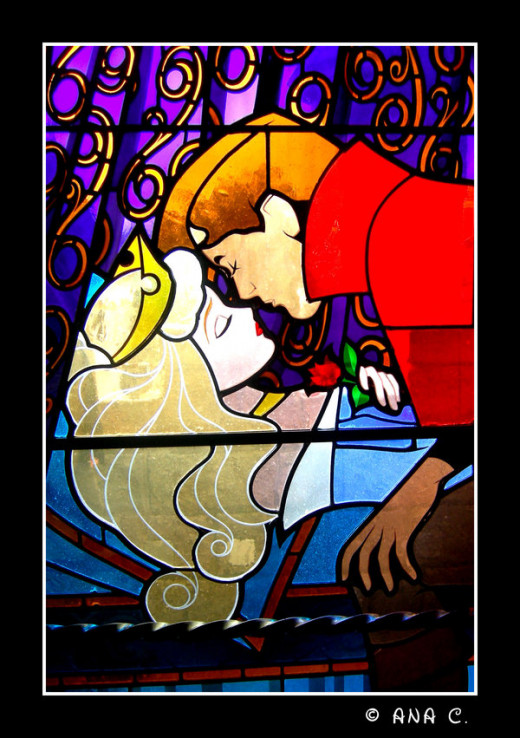
Many of us are familiar with the term fairy-tale romance. What is it? A fairy-tale romance is when it is perfect! As teenage girls, we are on the hunt for our prince charming. If the suitor does not fit into our perfect little definition outlined in the fairy-tale romance checklist then we hike up them pretty dresses, expose our walking boots and kick him to curb, then on to the next conquest. I am not saying all girls are like this but bet we all know one.
As girls our heads are in the clouds dreaming of true love, waiting to be swept off our feet, rescued from life as we know it by a dashing man. Notice I say, girls, not women, though many women still have their heads in the clouds.
Eventually, we come back down to earth and realize as we grow that a true, worthwhile relationship is based on much more firm foundations of trust, respect, perseverance, hard work, and most of all sacrifices.
Fairy tales have given us an unrealistic approach to romance. We expect to be spoiled rotten, our every wish and desire granted, and put on a pedestal.
Cinderella fell in love overnight at a ball, where she and her prince danced into the night...well...until midnight.
Sleeping Beauty is awakened by her true love, which is all determined by one simple kiss. Which was also true for the fair Snow White. True loves kiss solved all of their problems. This proves to be an unrealistic expectation.
One can not simply kiss away all the sorrows. A kiss is not a band-aid, neither are flowers and gifts. As adults, we know better, but children can hardly separate the truths.
Rapunzel waited for much of her life in a tower until rescued by a prince and lived happily ever after. Things like this have set some girls up for failure.
They may begin searching for their own prince and expect him to meet their every need, to rescue them in every way, they then become dependent on men, or they may tend to bounce from one guy to the next because they do not know how to stand on their own two feet. That is why the first love is the hardest.
Perhaps, the first guy that comes around with flowers, treats her good, says the right thing every time, and even calls her princess, just "sweeps her off her feet,"
This must be the one!
Then reality hits once the jewel has been given away, their hearts crushed. So, the search continues, which is all well and good, but it is not the same once met with disappointment repeatedly due to the ideas built up in our minds around the concept of Happily ever after.
The Beauty Is the Beast

“In a castle a maiden fair, with skin as white as snow, hair as black as ebony and lips as red as blood...the fairest in the land...” this is the traditional opening for a tale of Snow White, commenting on her flawless beauty.
Cinderella was beautiful, while her evil stepmother and stepsisters were ugly.
Ariel, the little mermaid, had hair like flames and she was beautiful with a dazzling voice. The evil witch coveted her beauty and song.
The majority of fairy tales have beautiful princesses, a charming prince, and evil hideous characters. Yes, all evil should be portrayed as ugly, I can agree with this, even though in real life, it is sometimes disguised as beauty. It is the small details being ignored.
Good is represented as beautiful and evil is represented as ugly. Children learn at a young age what makes a person physically attractive from television, but there is hardly ever mention of the beauty inside a person.
Children will also classify good as beautiful and bad as ugly because this is what they have been shown. Stereotypes like this are what tend to form clicks in school. There is always the “pretty and popular” group and the “everyone else” group. Beautiful people rule our world, always have and probably always will.
The unrealistic view of what makes a person beautiful is harmful to self-image and self-esteem for children. Never is a Princess ugly or flawed, short, or normal looking, just as a prince is never ugly or weak. Princesses have an undying beauty and Princes are fit and strong.
Children are surrounded daily by this in magazines, TV and at school. Fairy-tales say that is paid to be pretty and good looks can get you what you want. Children learn at a young age that physical attractiveness is an important asset woman should aim to achieve and maintain. Even men have to deal with this. It may or may not be the same pressure as women, but nonetheless, the pressure is still there.
Girls should be encouraged to accept themselves for who they are, as positive images need to be shown especially during childhood, the sponge stage, the most impressionable stage.
Gender Roles
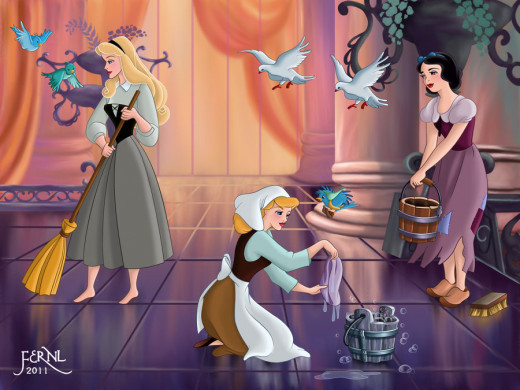
Gender roles are very prominent in fairy-tales. Much of this has to do with the era in which they were written. Women practically had no rights for decades. It was their job, their duty to be obedient and mild-mannered.
Women were frail, dainty, and poised and never spoke out of turn or raised their voice much above a whisper. They clean, sew, and “whistle while they work.” They spend the day away scrubbing, folding, mopping without shedding a tear, or muttering a complaint. It is not a bad thing to promote femininity, but it is a bad thing to give the impression that girls have to be that way.
Because of the portrayal of women, girls may shy away from certain sports, jobs, or activities because it is not feminine. Fairy-tales tend to show women as physically weak and incapable of defending themselves, that they are in need of a rescuer. Women are supposed to be subjective to men and obedient. There is no room for independence or individual growth.
Happily ever after may not be a reality, but it provides hope for what can be. Few fairy-tales go against the normal flow but there are a few such as Shrek, Beauty and the Beast or Mulan.
In Shrek, the princess Fiona turns into an ogre by night. She is ashamed of her appearance because no one will accept or understand her and that is not what people expect for a princess. Fiona is like many girls today, she sat around waiting for Prince Charming to come to rescue her, dreaming up what he should look like, think like, act like and do to sweep her off her feet. Even when true love was staring her in the face she refused to believe it at first. Truth being, her true love turned out to be the complete opposite of what she expected. She then chose to be an ogre with the one she loves because she realizes that beauty is on the inside and not on the outside.
In Beauty and the Beast, the beauty of the village falls in love with a hideous beast and she learns to accept him for who he is. Beauty's love for the beast made him beautiful.
Women need to be independent, smart, and full of self-confidence. Traits such as these are what make people beautiful. If children are introduced to positive stories promoting self-confidence and independence, and if they can learn to apply these traits to themselves, then they have already mastered something that a lot of people have not.
As another example we have Mulan. She was not as beautiful or ladylike as all the other girls in her village. She went on a journey that helped her find her strength, independence, and self-worth. Being a woman and being imperfect did not stop her. She saved her country, found her place in life, and even happened to find love on the way when she was not searching.
With that being said I am beginning to feel re-inspired and hopeful with the frozen movement! I can say this because it can be considered as such, when the new Disney fairy-tale frozen came out it broke records. Joanna Cohen writes, “Since opening in November, “Frozen” has taken in $1.19 billion worldwide and the movie’s soundtrack has sold 2.7 million copies in the United States alone.”
Frozen simply took the world by storm with strong female characters who found true love in the bond of friendship, family, and sisterhood and not in the opposite sex. I have hope for future fairy-tales and while they may not be a root problem, some of them have reinforced certain stereotypes. Media and entertainment surrounding children reassure that these stereotypes are acceptable. With positive films and books, children can see that they are strong and perfect just the way they are. If anything should change, it should be to promote more tales with strong, independent women, who can slay dragons and win wars all on their own. Each of our lives starts with, “Once upon a time,” and with the proper structure and reassurance, anyone can find their happily ever after.
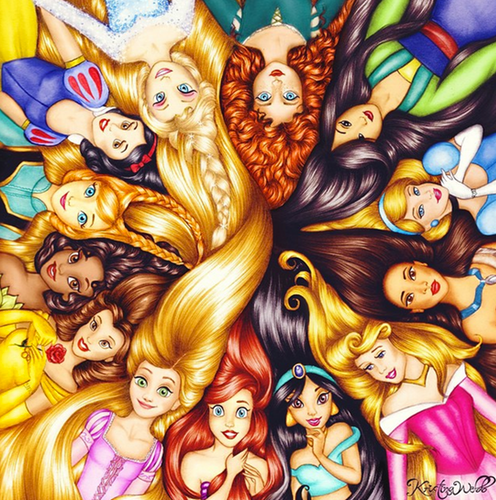
We Are Learning to Let It Go
Feel free to leave your comments and feedback
Even as I write these words today I can still say I am just as obsessed with the fairytale as any other girl may be. A willing Disney Victim, but I still can see the wolf in sheep's clothing.
